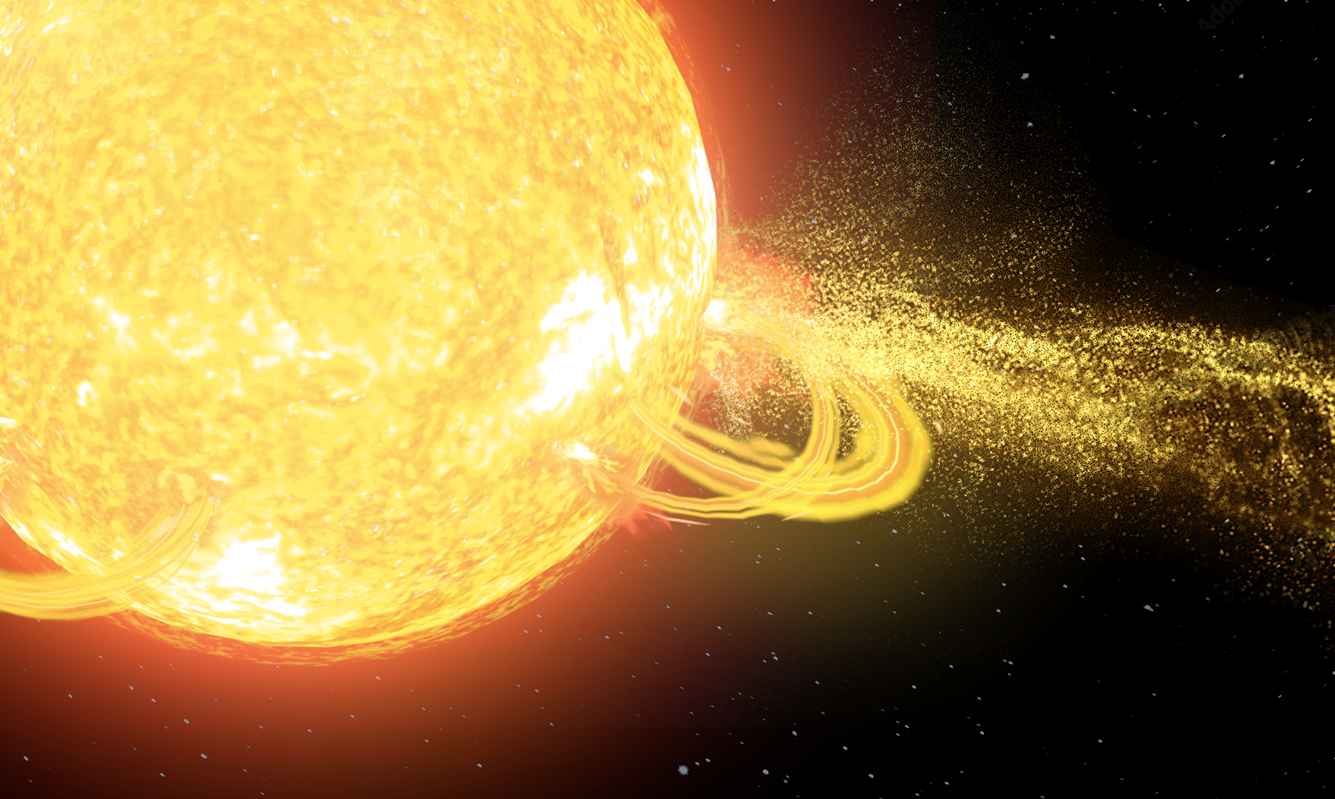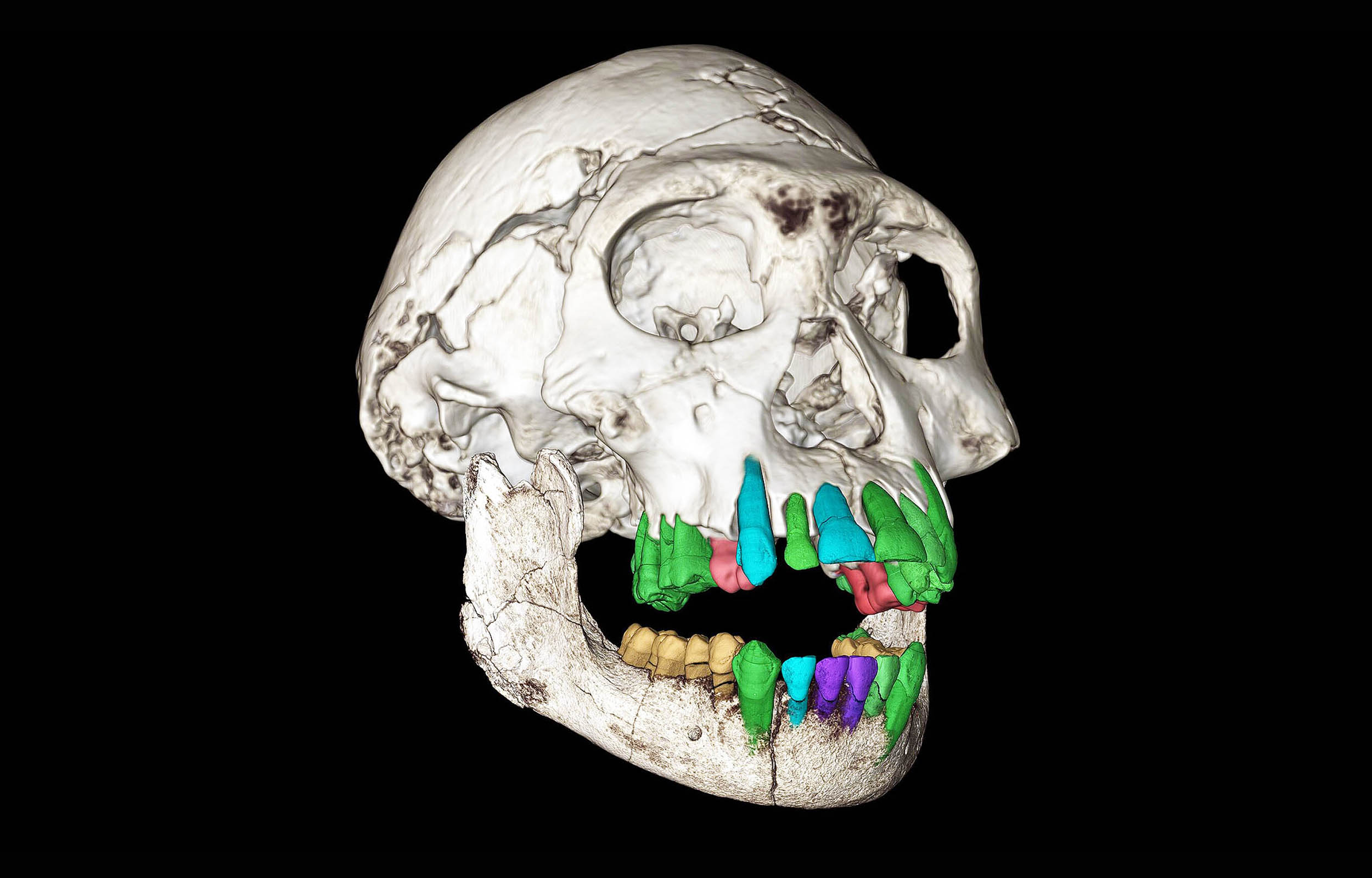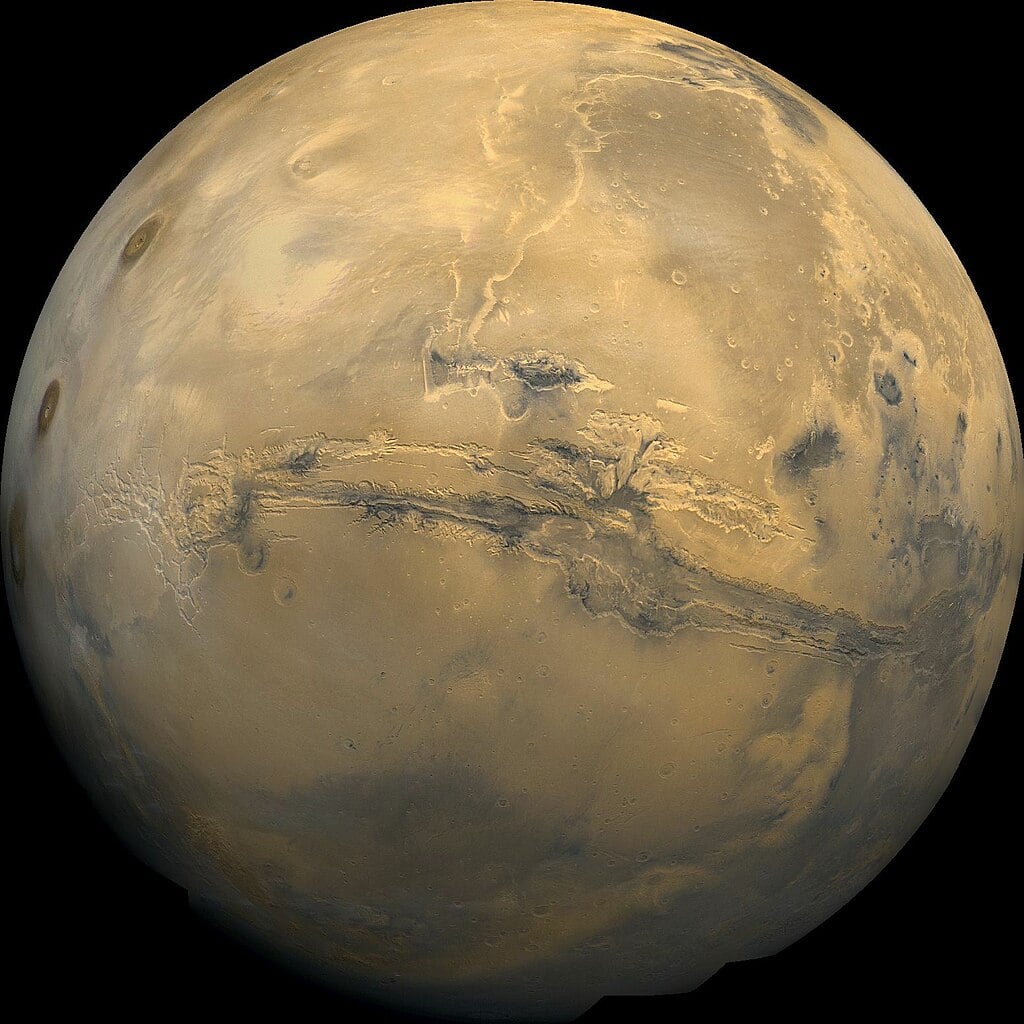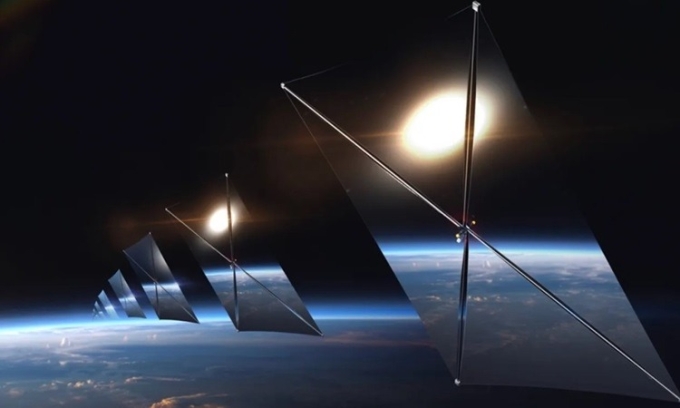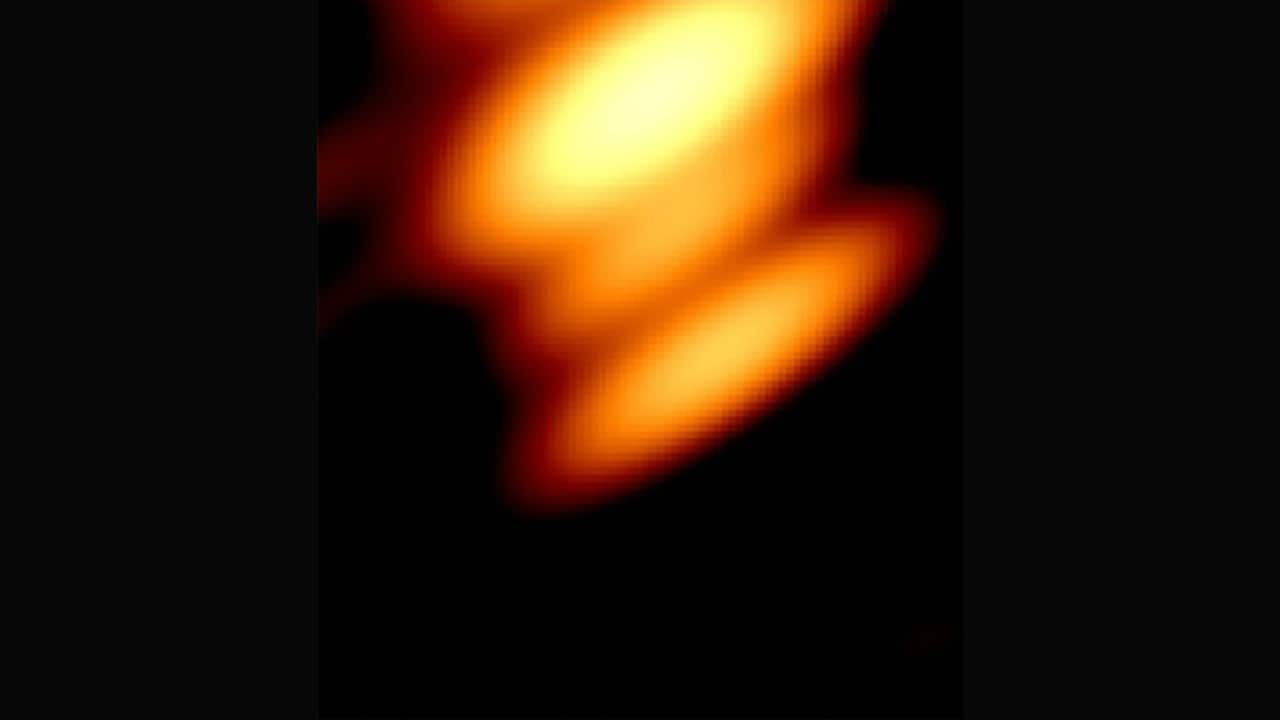Unbelievable Discovery: JWST Captures Doomed Star Moments Before Supernova!
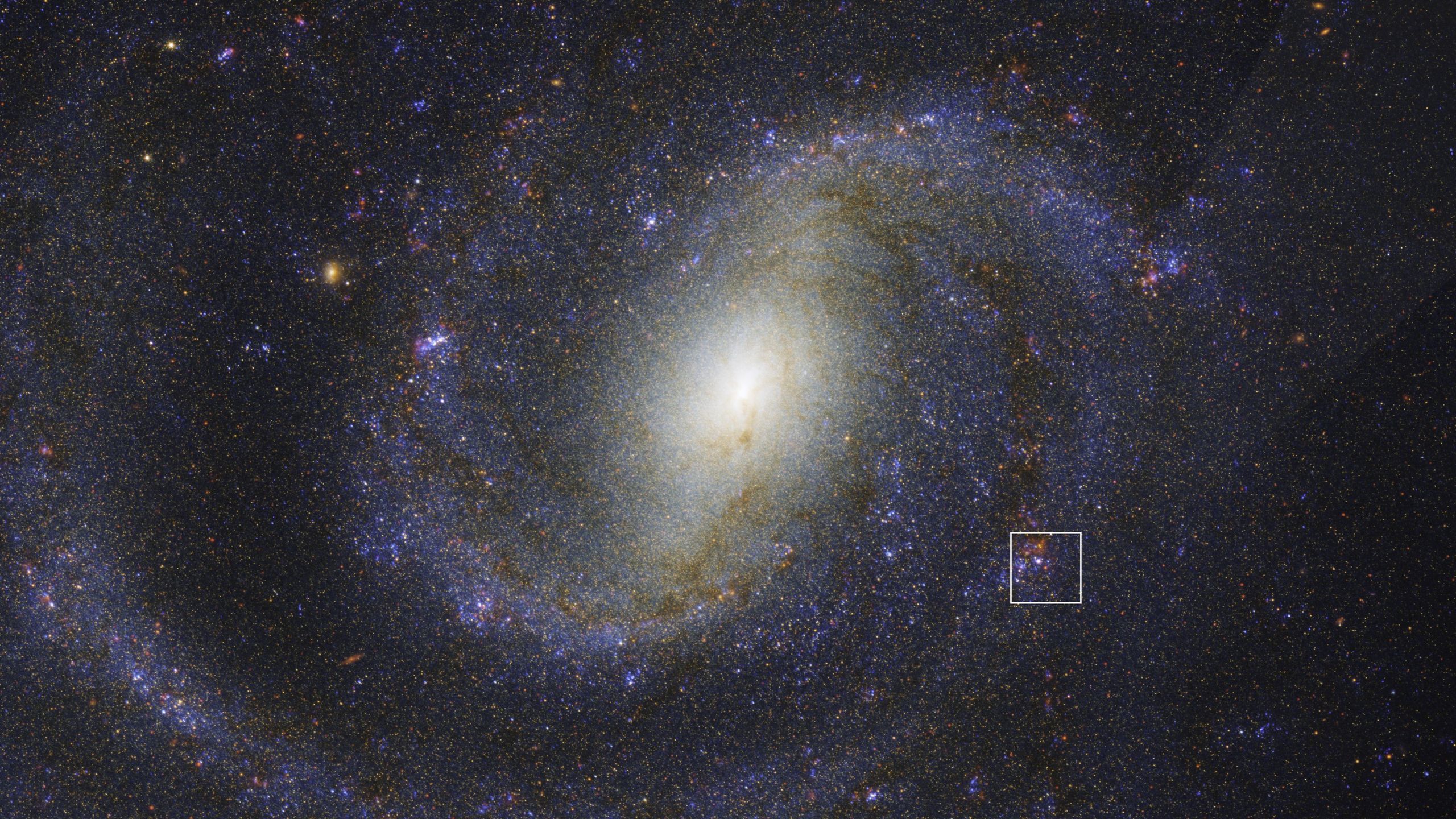
Imagine a cosmic drama unfolding 38 million light-years away, where a massive star is on the brink of its fiery demise! The James Webb Space Telescope (JWST) has just unveiled an extraordinary ‘hidden’ red supergiant, revealing the moments before it exploded into a spectacular supernova.
This massive red supergiant, captured in stunning detail by JWST, adds a crucial piece to the puzzle of one of astrophysics' greatest mysteries. For years, scientists have theorized that these colossal stars are responsible for most supernovae, yet they're rarely seen in their final moments. The latest observations, published in The Astrophysical Journal Letters on October 8, strengthen the belief that many of these giants are concealed behind thick clouds of dust.
According to Charlie Kilpatrick, the lead author of the study and a research assistant professor at Northwestern University, this is a game-changer. He emphasized, “For multiple decades, we have been trying to determine exactly what the explosions of red supergiant stars look like. Only now, with JWST, do we finally have the quality of data and infrared observations that allow us to say precisely the exact type of red supergiant that exploded and what its immediate environment looked like.”
As stars near the end of their lifecycle, they swell and transform into red giants before going supernova. Red supergiants are even larger—hundreds to thousands of times the size of our sun—teetering on the edge of a cataclysmic explosion. The supernova in question, named SN 2025pht, was first spotted by the All-Sky Automated Survey for Supernovae back in June and originated from the galaxy NGC 1637.
This galaxy, relatively close in cosmic terms, provided a perfect backdrop for observing the supernova. By juxtaposing historical data from the Hubble Space Telescope against new JWST images, researchers pinpointed the source star just before it met its explosive end.
Kilpatrick and his team suggest that the most massive, aging stars are also the dustiest, which explains why their light is often obscured. In this case, the doomed red supergiant was shining about 100,000 times brighter than our sun, but thick clouds of cosmic dust dimmed that light by over 100 times! The JWST’s advanced infrared capabilities allowed scientists to peer through this dust, offering an unprecedented glimpse at a supergiant moments from annihilation.
“SN2025pht is surprising because it appeared much redder than almost any other red supergiant we've seen explode as a supernova,” Kilpatrick noted. This revelation indicates that past explosions might have been even more brilliant than previously thought, highlighting the immense power of JWST's infrared data.


















